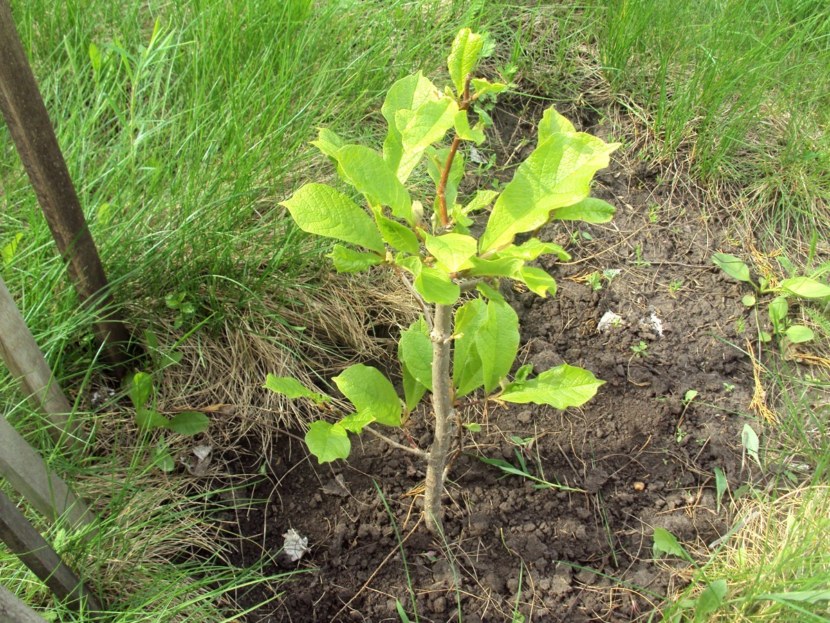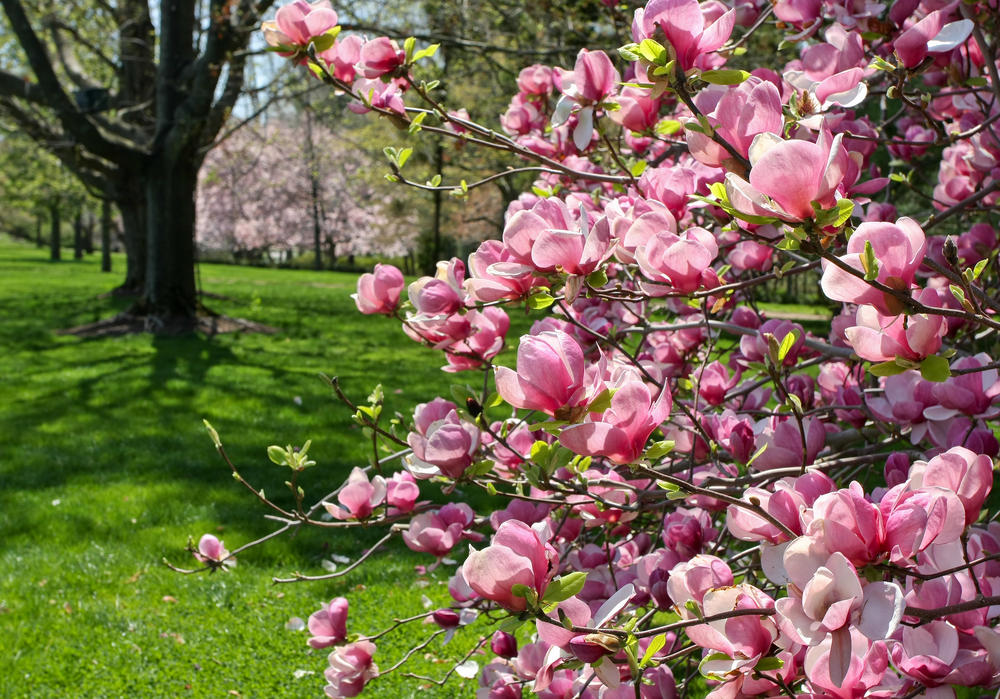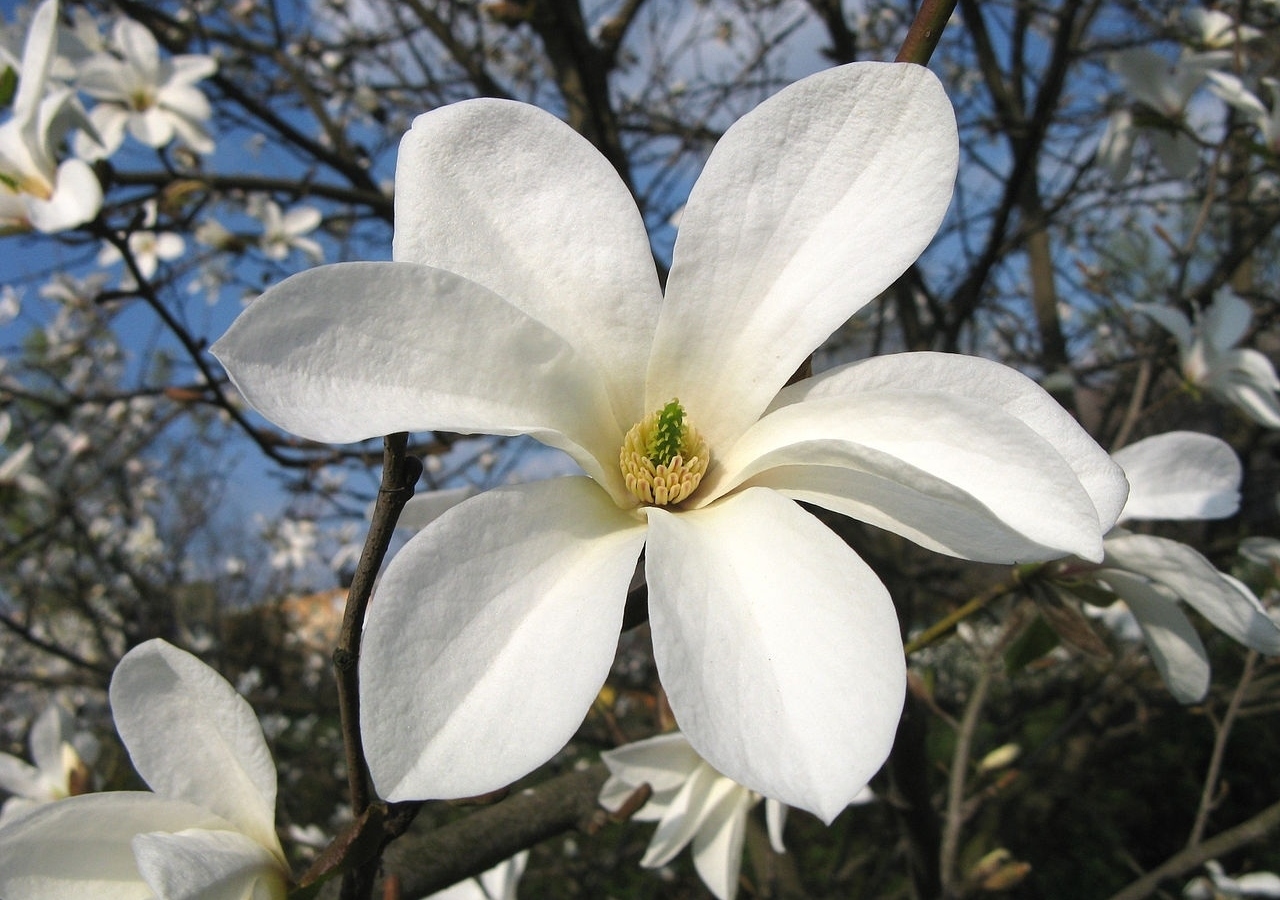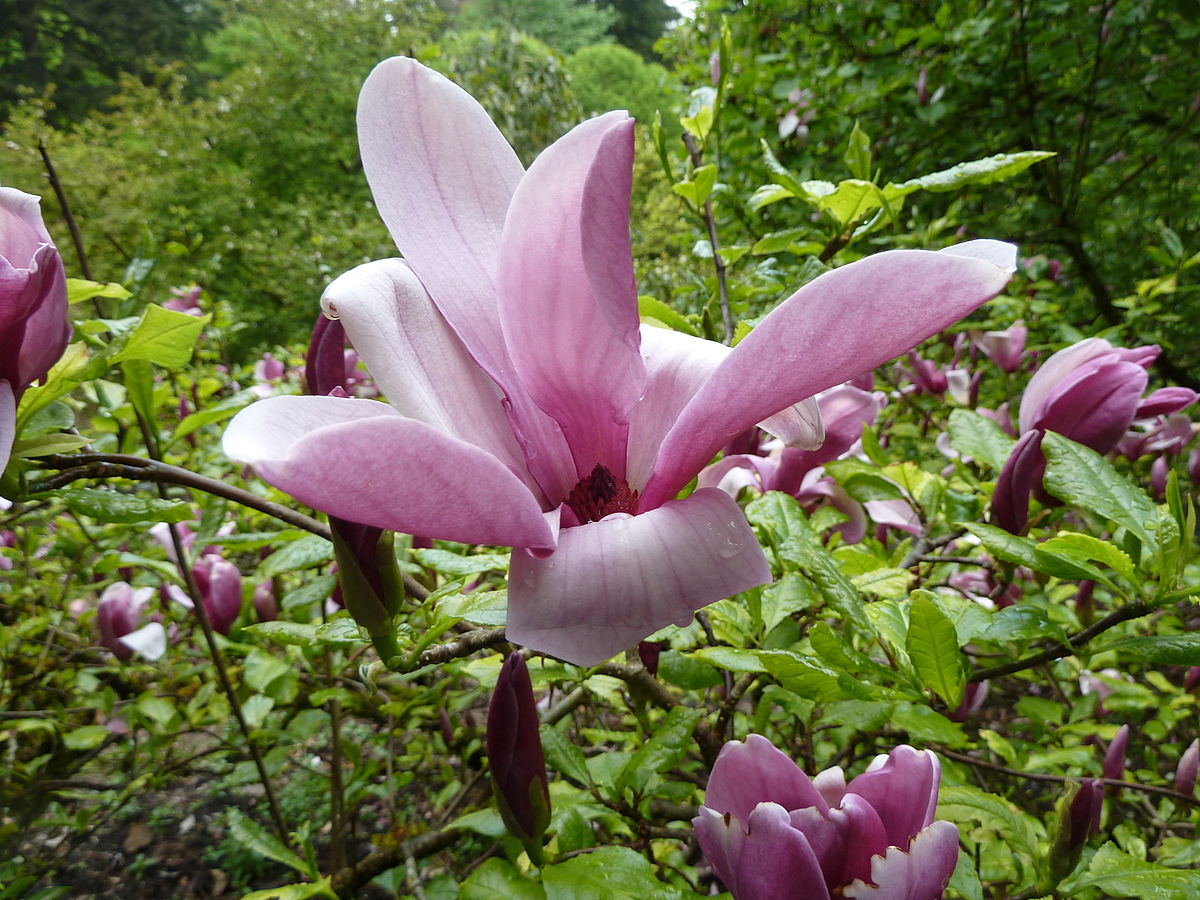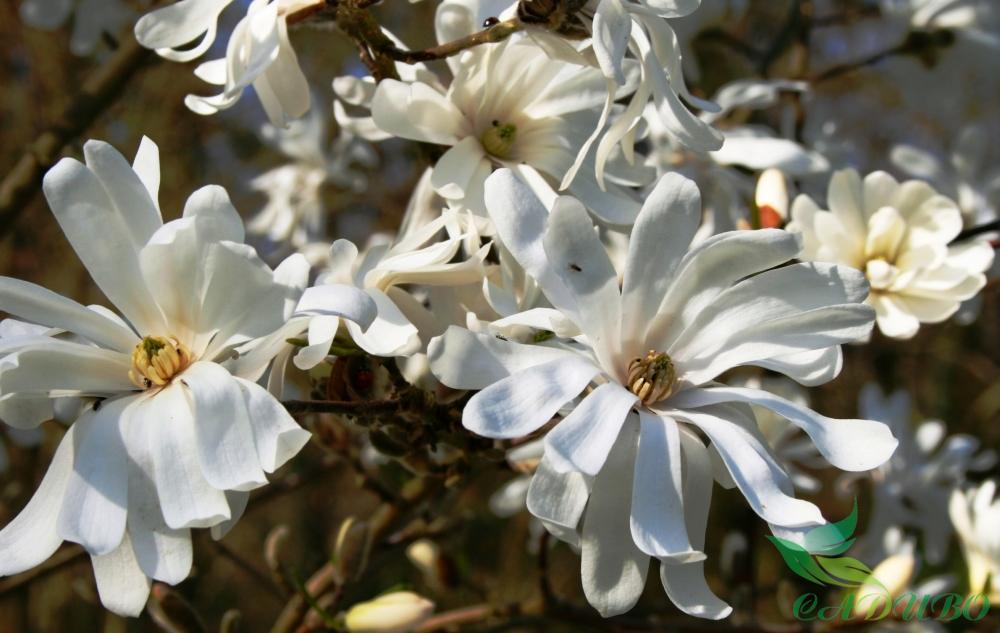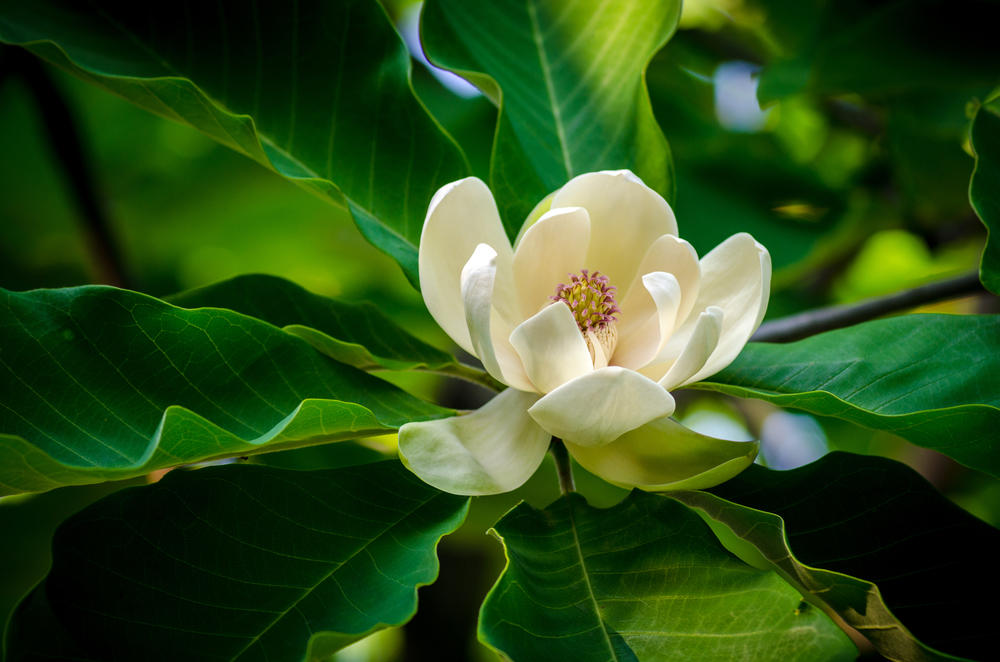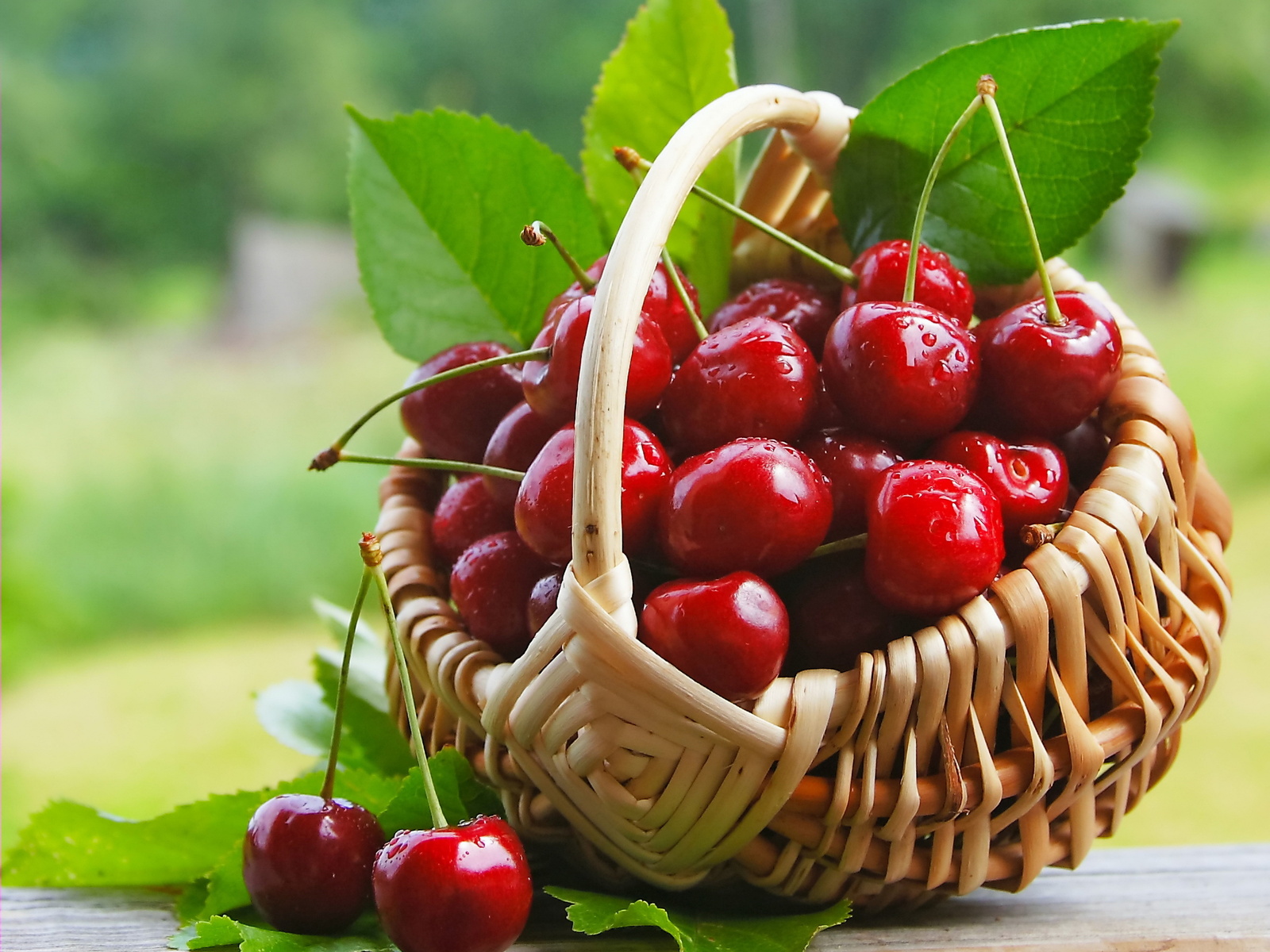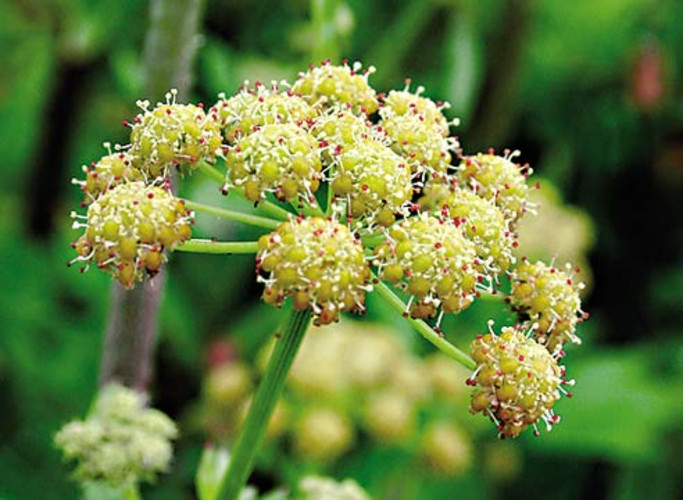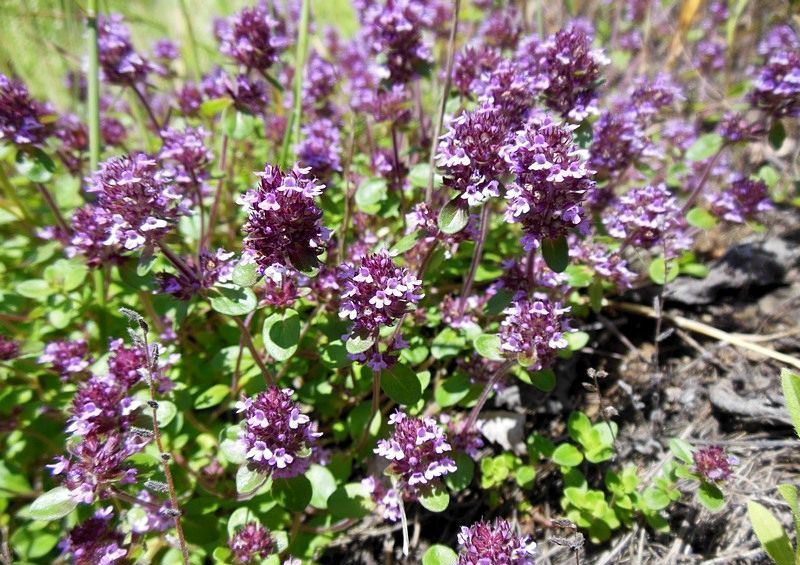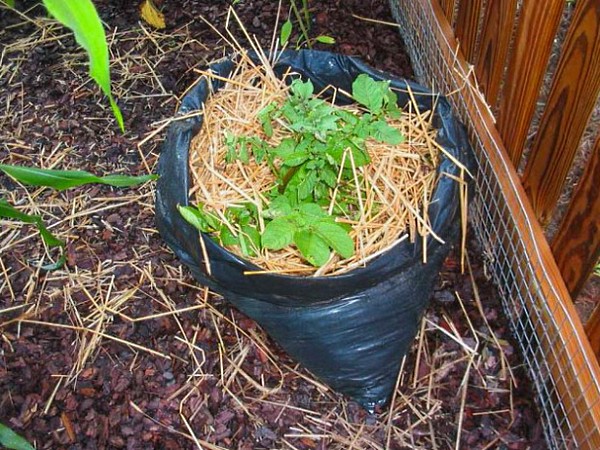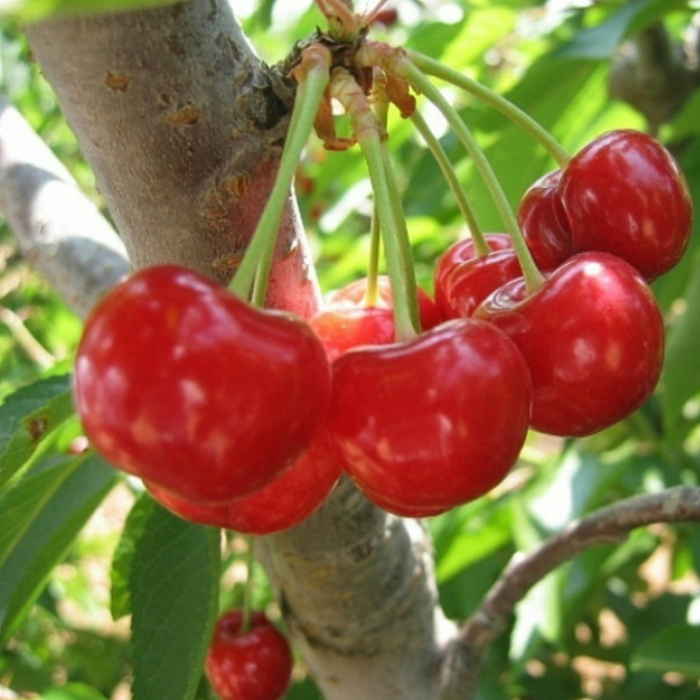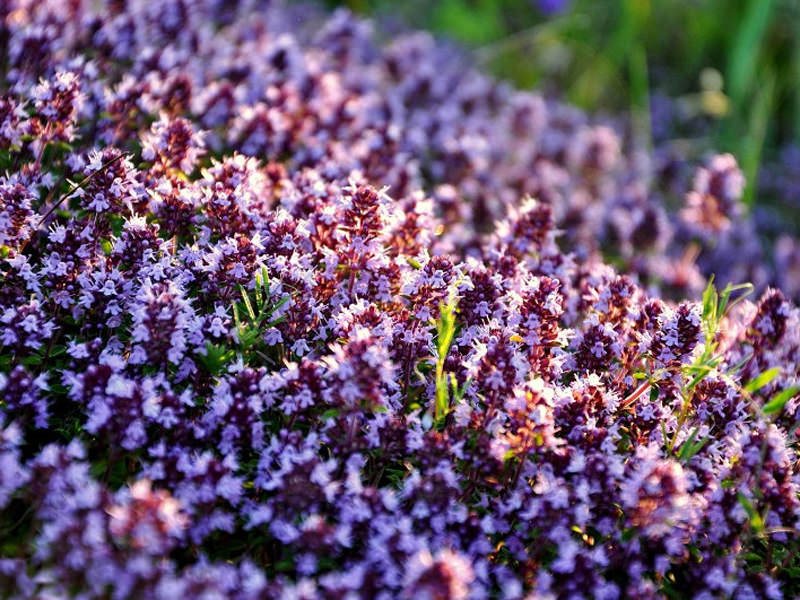Content:
Magnolia is an incredible plant. Magnolia blossom time is truly magical, the fragrance of flowers envelops in a variety of notes. The abundant flowering is captivating and eye-catching. Therefore, entering the garden, people stay in it for a long time to enjoy the delightful aroma and richness of colors to their fullest.
Magnolia - garden decoration
The fantastic beauty of this shrub makes it a desirable specimen for gardeners. Large glossy leaves on the spreading powerful branches look grandiose. Magnolia, when it begins to bloom, becomes a real decoration of the garden. Each branch is strewn with flowers. A heady vanilla aroma with hints of lemon is in the air. The flowering period is quite long - more than a month, so you can enjoy the beautiful view of the garden. Falling, the flowers form a luxurious carpet on the ground. It also looks very aesthetically pleasing.
Breeding
Every gardener would like to grow a magnolia bush on his site. To do this, you need to know the secrets of breeding this southern beauty. It is believed that magnolia is a very capricious plant.
The shrub does not tolerate drying out of the soil, so watering should be abundant and constant. This is especially true for young plants; the first three years, the soil moisture must be carefully monitored. Mulching helps to maintain the moisture at an optimal level - a 2-3 cm layer of peat in a radius of 40 cm around the trunk. Top dressing should be done from the third year of a plant's life; it is best to choose complex mineral fertilizers. Be sure to follow the dosage indicated on the package, otherwise the leaves may dry out.
Magnolia does not need formative pruning, but at the end of flowering, old and diseased branches must be removed. In the spring, it is forbidden to prune branches, since magnolias have very powerful sap flow, injuries received during pruning can lead to the death of the entire plant. All known methods are suitable for reproduction of magnolia: cuttings, grafts, layering and seeds. It is worth paying attention to preparing the bushes for winter, even frost-resistant varieties can be subject to frostbite. To do this, you need to wrap the trunks with a cloth or covering material, preferably in 2 layers. Observing these rules, you can easily grow a magnolia in central Russia.
Magnolia species and the best varieties
The shrub is of two types: evergreen and deciduous. The first is suitable for the southern regions, and the second is suitable for the middle zone. In total, more than 120 varieties have been bred, but frost-resistant varieties are the most suitable. They are maximally adapted and not capricious in their care. The choice of variety depends on which area the gardener can highlight, because magnolias need a lot of space. Therefore, in a small area, it is worth giving preference to miniature shrubs; for large gardens or parks, you can take large specimens.
Description of the most suitable varieties for growing in the middle lane:
- Soulange. Most often, this tree is 5 m high, in favorable conditions it can grow up to 8 m. It begins to bloom in April.The flower has the shape of a glass, 15 cm long and 25 cm in diameter. A young bush has rare flowers, the number increases every year, and by the 7th year the bush enters its optimal shape with abundant long flowering. The color of the petals is bright - from pink to purple. The aroma is subtle and unobtrusive, some varieties lack aroma. The plant grows well in cold climates;
- Cobus. A tall tree up to 12 m, has a high frost resistance, easily tolerates frosts up to 28 ˚С. The first time the plant can bloom only in the tenth year after planting. The crown is forming for a long time. In adult specimens, it is spherical, a young tree has the shape of a pyramid. The petals are most often white. The flowering of this plant is accompanied by a delicate pleasant aroma;
- Magnolia Lily It is sometimes called the orchid tree. This is a shrub up to 6 m in height, the crown in diameter can reach 8 meters. The peculiarity of this variety is that the plant can bloom twice a year. The first flowering begins in May, under favorable weather conditions in September the bush can bloom a second time. Gardeners are very fond of this variety, especially the Nigra variety, for the decorative appearance of the flower. Outside, it is colored bright pink, up to a ruby hue, and inside the petals are lilac-white. The flowers are not large in comparison with other varieties, no more than 10 cm in diameter. The aroma is subtle, very refined;
- Magnolia Star. Miniature shrub grows to a maximum of 2.5 m in height. This shrub differs from other varieties in slow growth, no more than 15 cm per year, begins to bloom earlier than others - in late March-early April, even before the leaves appear. However, the flowering period is very fast - no more than 3 weeks. The flower has the shape of a white star. This magnolia variety does not tolerate frost well, it is also important to choose the right area, sheltered from the wind;
- Ash. A tall tree of at least 5 m, some specimens grow up to 7 meters. A very popular variety for the middle lane, because gardeners are attracted by the frost resistance of magnolia and how long it blooms, in comparison with other species. Its advantages are due to the later flowering in late May - early June. The plant has a rather tropical appearance, as it has large leaves (more than half a meter in length), they are framed by large creamy flowers. The floral aroma is pronounced citrus with hints of jasmine. This variety is highly appreciated by designers due to its decorative and rarity.
Every gardener who decides to plant a magnolia wants to see its magnificent flowering as soon as possible, but on average the magnolia will bloom only in the fifth year after planting. The terms may be longer or less, depending on the conditions in which the tree will grow. However, the joy and pleasure gained from the flowering period is worth the investment and patience. The correct planting site and proper care will additionally help the magnolia to gain strength as quickly as possible and bloom profusely on the garden plot.

